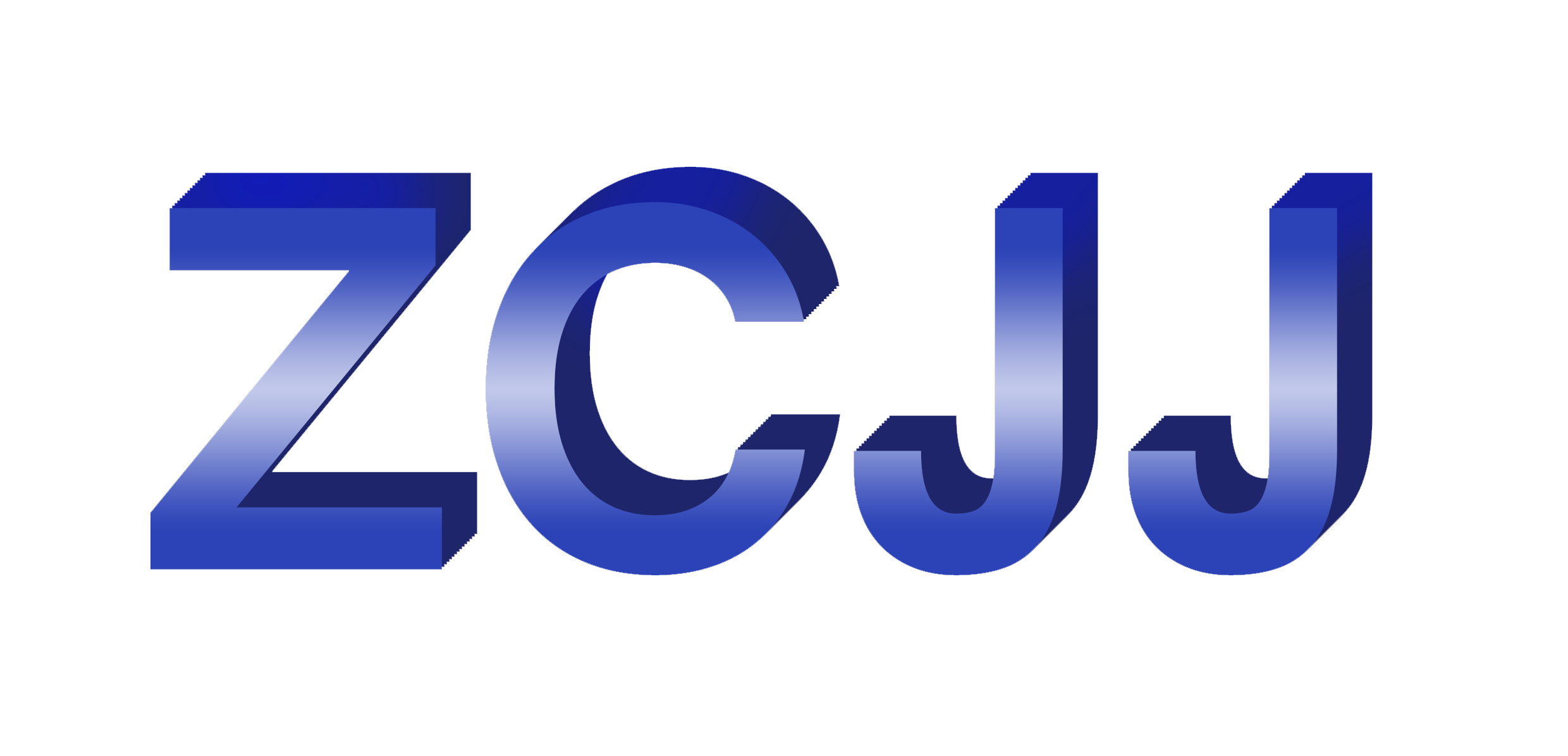L46A1 Mast Section Common accidents and preventive measures during daily use, installation and disassembly of tower crane
In recent years, with the continuous standardization of the construction industry management, the construction safety situation has gradually improved, but accidents caused by construction machinery still occur. Tower crane as the main large construction machinery in the construction, its normal use and installation management is very important. In particular, the installation and disassembly of tower crane is a more dangerous work. The accidents caused by it not only account for a large proportion of the four major injuries in the construction site, but also have great harm, high accident frequency and great economic loss.
L46A1 Mast Section:
http://www.towercranesupply.com/product/l46a1-mast-section-for-tower-crane-masts
The tower crane construction machinery factory (http://www.fx68.net) talks about the types and common causes of tower crane accidents in the process of daily use, installation and disassembly of tower crane from the perspective of safety operation regulations and technology based on some basic knowledge and years of experience in tower crane work, and puts forward relevant safety precautions.
I. common accidents and preventive measures during daily use of tower crane
1. Cause analysis:
L46A1 Mast Section:
http://www.towercranesupply.com/product/l46a1-mast-section-for-tower-crane-masts

① as the spline of the output shaft of the lifting mechanism and the spline of the lifting drum are seriously worn beyond the limit, the teeth of the spiral bevel gear pair on the shaft of the lifting motor and the first stage transmission shaft of the gearbox are broken, causing the lifting mechanism out of control, causing the falling of the lifting object from a height and personal injury.
② for the system controlled by electromagnetic clutch, the electromagnetic clutch is burnt out or the brush is worn too much to contact and power on, resulting in similar neutral during the shift process, and the hook is out of control and falls to hurt people.
③ the main steel wire rope or the auxiliary tools for lifting hook and sling are not replaced in time after being excessively worn in use, and they are broken in the process of lifting heavy objects, resulting in the tower crane suddenly losing weight and overturning.
④ during the use of the tower body, due to the loosening and falling off of the connecting bolts of the standard diagonal member, the diagonal member loses its supporting function, which leads to the damage of the diagonal member and the tower body loses its stability and overturns.
⑤ the lifting moment limiter and weight limiter shall be subject to lifting test or inspection within the specified range, resulting in internal contact oxidation failure due to long-term rainwater corrosion, and failure to work when the lifting is overloaded.
2. Preventive measures
① strengthen the regular inspection. The method: a group of experienced repairmen and excellent electricians will be formed. First, fix the main steel wire rope on the tower body with rope clamps, so that the steel wire rope can be "loose". Then, rotate the roller to judge the gear wear and clearance. If necessary, disassemble the reducer for inspection.
② remove the brush on the electromagnetic clutch after the breakpoint, and observe whether the wear is excessive and whether the internal spring has expansion force. If not, the center must be replaced. Use a multimeter to measure whether the clutch coil is within the specified resistance value, and then carefully observe whether the suction piece is burnt out, whether the magnetic field is generated when the coil works, and check whether the clamp spring of the valley suction piece is effective. It shall be put into use after it is confirmed to be normal.
③ carefully check the steel wire rope, unloading clamp, hook, sling, etc., strictly implement the wear regulations of the steel wire rope, and immediately replace the broken strand, damaged fiber core or broken steel core, resulting in significant reduction of the rope diameter, cage shaped distortion, serious kink and other problems, so as to prevent accidents.
④ regularly check and fasten the connecting bolts of standard section with special spanner. ⑤ regularly test each limiter, and conduct operation after debugging and confirming sensitivity.
II. Common accidents and preventive measures during the installation and disassembly of tower crane
1. Common accidents:
① accidents in jacking oil cylinder operation have been described before, and are repeated here.
② when lifting the boom, the lifting point is not allowed, the boom is not stable due to the wrong selection of the lifting rope, and the lifting rope is separated from the hook, resulting in a fall accident.
③ the wrong binding method of the steel wire rope causes the steel wire rope to be hung to the connecting pin of the pull rod during the lowering of the pull rod, and the pull rod suddenly loses weight due to the neutral action, resulting in the tower crane swing larger and causing the collapse accident.
④ when installing the tower cap or balance arm, the crane fails to tilt up or down as required, resulting in the tower top leaning backward and causing an accident.
⑤ disassembly: the key points are disassembly methods, procedures, auxiliary mechanical tools, organization and deployment of labor force, environmental status and protection, disassembly, transportation and demobilization of components, etc.; the preparation requirements of disassembly and installation plan are consistent, which must be specific and clear.
L46A1 Mast Section:
http://www.towercranesupply.com/product/l46a1-mast-section-for-tower-crane-masts

⑥ do not strictly follow the disassembly and assembly procedures, especially when disassembling the counterweight, first dismantle the boom, then dismantle the counterweight, resulting in the tower crane center moving backward and overturning.




